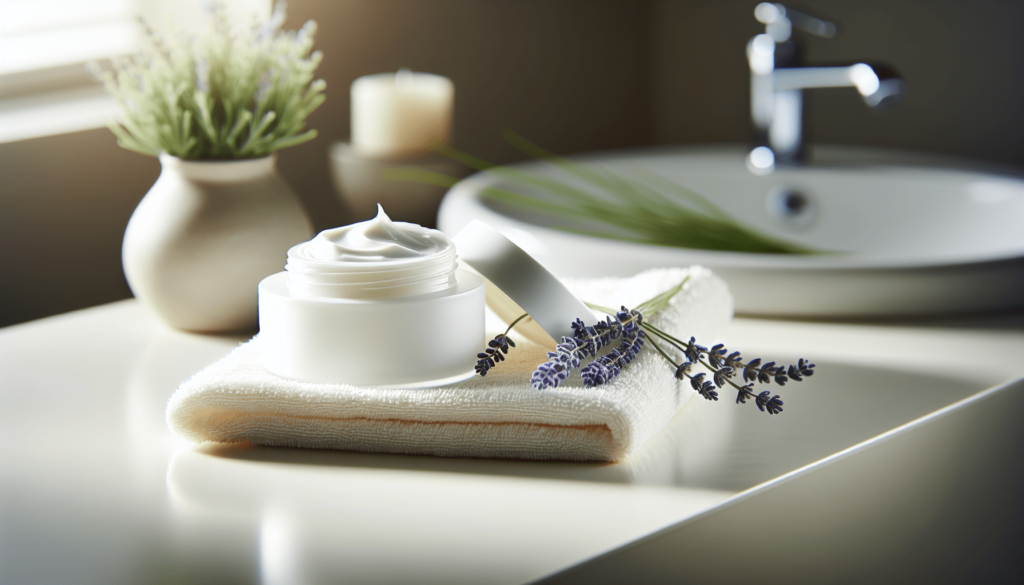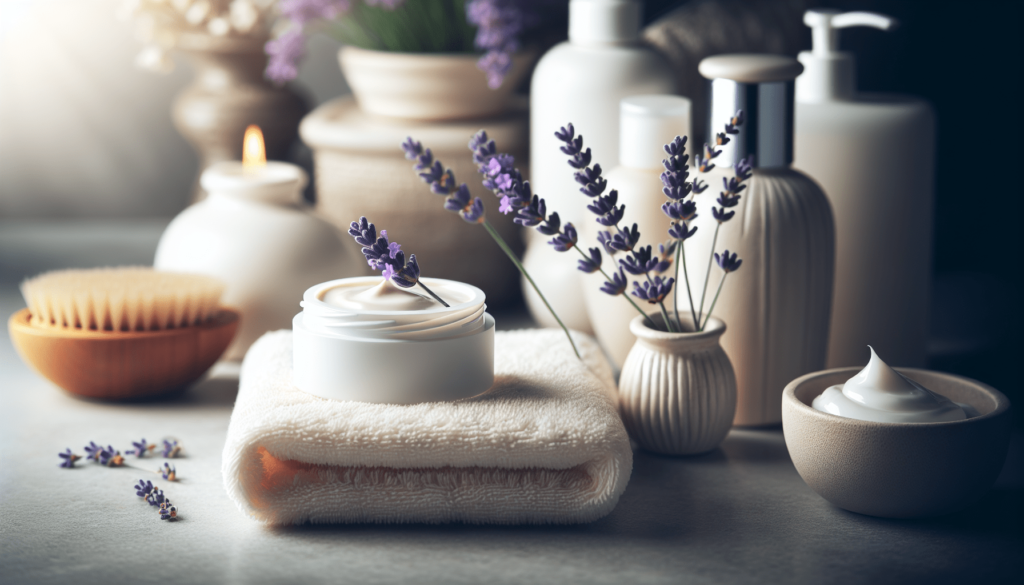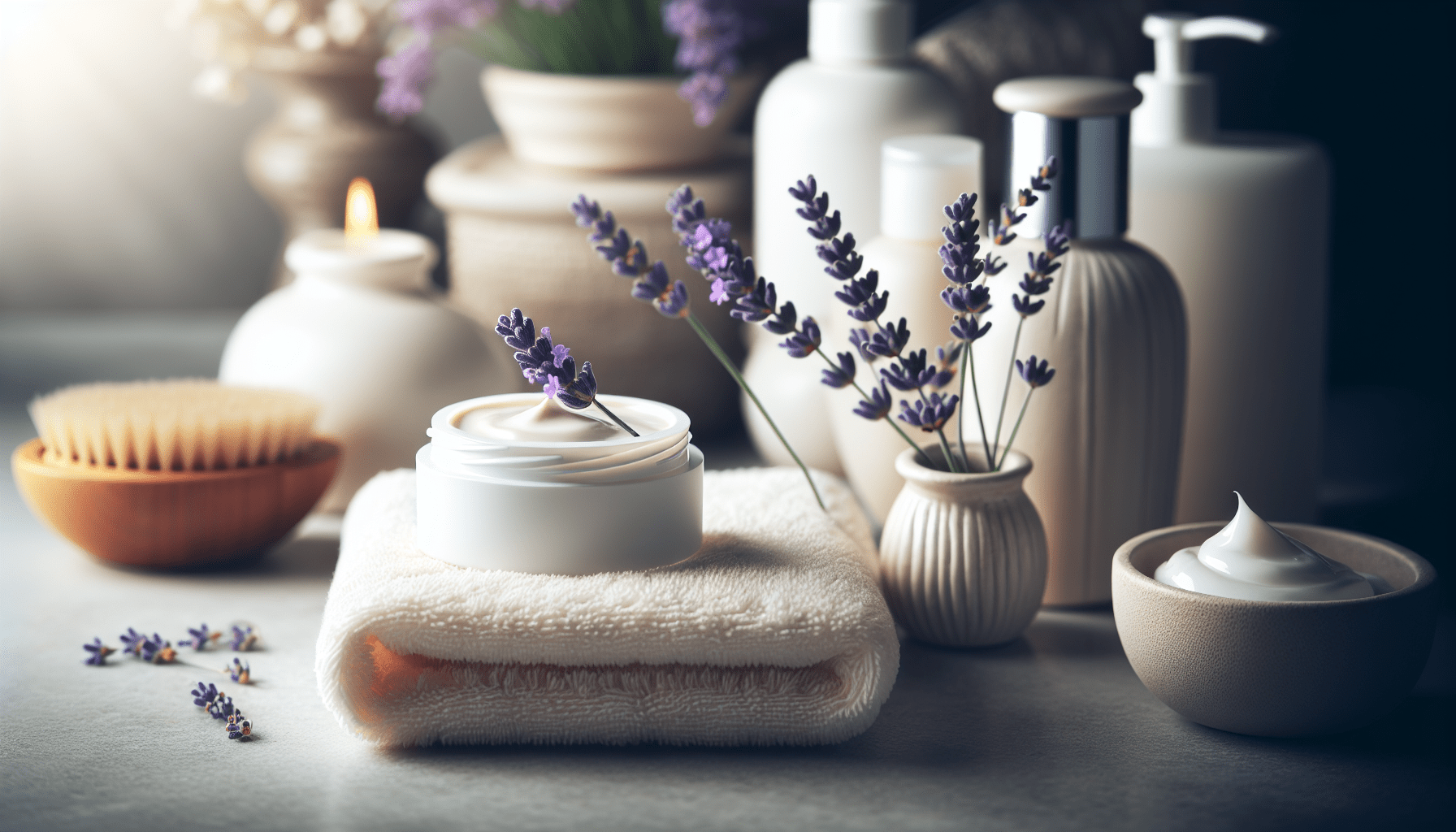In “Treating Allergy-Induced Rashes: The Best Solutions,” you’ll discover practical and effective ways to soothe your skin when allergies strike. This article is your go-to guide, offering a mix of home remedies and over-the-counter treatments to relieve the discomfort and itching caused by rashes. You’ll also get insights into how to identify the root causes of your allergic reactions and tips for preventing future flare-ups. Embrace healthier skin and a more comfortable life with these tried-and-true solutions tailored just for you. Have you ever found yourself suddenly scratching an itch, only to discover an alarming red rash spreading on your skin? If so, you’re not alone. Allergy-induced rashes can be both a nuisance and a genuine concern for many people. From understanding what causes these rashes to finding the best solutions, navigating this skin issue can feel overwhelming. Luckily, you’re in the right place to get all the information you need to treat allergy-induced rashes effectively.

What Causes Allergy-Induced Rashes?
Common Allergens
Allergy-induced rashes are your skin’s way of reacting to an allergen. These allergens could be anything from certain foods, insect stings, and medications to pollen, pet dander, and even certain fabrics. Sometimes, it takes just a brief encounter with these allergens to trigger an immune response, resulting in an uncomfortable rash.
Immune System Response
When your body identifies something as harmful—even if it’s not—it overreacts, setting off a chain of events that lead to symptoms like itching, redness, and swelling. This is because your immune system releases histamines, chemicals that cause inflammation and other allergic symptoms.
Types of Allergy-Induced Rashes
Contact Dermatitis
Contact dermatitis occurs when your skin comes into direct contact with an allergen. Symptoms usually include redness, itching, and a localized rash at the point of contact. Common culprits include cosmetics, detergents, and jewelry.
Atopic Dermatitis (Eczema)
Atopic dermatitis, or eczema, is more chronic and can flare up due to allergens like house dust mites or specific foods. It often affects larger areas of the body and can be particularly challenging to manage.
Hives (Urticaria)
Hives are raised, itchy welts that appear on the skin. They might come and go within a few hours but can sometimes persist, turning into chronic hives. They are often triggered by certain foods, medications, or insect stings.
Identifying Your Triggers
Patch Testing
Patch testing is a reliable way to identify what causes your allergy-induced rash. Your dermatologist will apply small amounts of potential allergens to your skin, usually on your back, and observe any reactions over 48 hours.
Allergy Blood Tests
Blood tests can also help identify specific allergens by measuring the presence of certain antibodies in your blood. These are quick and can be less invasive compared to skin tests, though they might not always be as precise.
| Test Type | Pros | Cons |
|---|---|---|
| Patch Testing | High accuracy, localized | Time-consuming, requires multiple visits |
| Blood Tests | Quick, less invasive | Might be less precise |
Immediate Treatments
Antihistamines
For immediate relief from itching and swelling, over-the-counter (OTC) antihistamines like loratadine (Claritin) or diphenhydramine (Benadryl) can be very effective. They work by blocking the histamines that your immune system releases during an allergic reaction.
Topical Corticosteroids
Corticosteroid creams and ointments can reduce inflammation and relieve itching. Hydrocortisone is a common OTC option, but stronger formulations are available with a prescription if needed.

Long-Term Management
Avoiding Triggers
Once you know what causes your allergic reactions, the best approach is to avoid those triggers. This might mean making changes in your home environment, like using hypoallergenic bedding and eliminating pet dander, or avoiding certain foods and products.
Moisturizing Regularly
Consistent hydration helps maintain your skin barrier, making it less susceptible to allergens. Choose moisturizers that are free of fragrances and dyes, as these can sometimes exacerbate skin issues.
Immunotherapy (Allergy Shots)
For more severe or persistent allergies, immunotherapy can offer long-term relief. This involves regular injections of small amounts of the allergen to gradually desensitize your immune system. While it requires a significant time commitment, the benefits can be substantial.
Alternative and Natural Treatments
Aloe Vera
Aloe vera is a popular natural remedy for a variety of skin conditions, including allergy-induced rashes. Its anti-inflammatory properties can provide immediate relief from itching and redness. Simply apply the gel from an aloe vera leaf directly to the affected area.
Oatmeal Baths
Colloidal oatmeal has soothing properties that can alleviate itching and reduce inflammation. An oatmeal bath can be particularly effective for widespread rashes, like those caused by eczema.
Essential Oils
Certain essential oils, such as lavender and tea tree oil, have anti-inflammatory and antiseptic properties. However, they should be used cautiously and always diluted with a carrier oil to prevent further irritation.
| Natural Remedy | Benefits | Precautions |
|---|---|---|
| Aloe Vera | Anti-inflammatory, soothing | Patch test for allergies |
| Oatmeal Baths | Reduces itching and inflammation | Ensure no oatmeal allergy |
| Essential Oils | Anti-inflammatory, antiseptic | Dilute properly, patch test |
When to See a Doctor
Severe Symptoms
If you experience severe symptoms like difficulty breathing, swelling of the face or throat, or a widespread, painful rash, seek medical attention immediately. These could be signs of a severe allergic reaction (anaphylaxis) that requires immediate treatment.
Chronic or Recurrent Rashes
If your rash doesn’t respond to OTC treatments or keeps coming back, it’s time to consult a healthcare professional. There might be an underlying condition that needs to be addressed, or you may benefit from prescription-strength treatments.
Preventative Measures
Clean Living Environment
Keeping your living space clean and free of common allergens like dust, mold, and pet dander can go a long way in preventing allergy-induced rashes. Regular vacuuming, using air purifiers, and washing bedding in hot water can help.
Mindful Skincare
Opt for hypoallergenic skincare products and test new products on a small area of your skin before full application. This can help identify potential allergens before they cause a full-blown reaction.
FAQs About Allergy-Induced Rashes
Can Stress Cause Allergy-Induced Rashes?
While stress itself is not an allergen, it can exacerbate existing skin conditions like eczema, potentially leading to more frequent or severe rashes.
Are There Foods That Can Help?
Certain foods with anti-inflammatory properties, like fatty fish rich in omega-3 fatty acids, can help manage skin conditions. Probiotics found in yogurt can also support a healthy immune system.
What Over-the-Counter Medications Work Best?
OTC antihistamines and hydrocortisone creams are generally very effective for treating the symptoms of allergy-induced rashes. Always follow dosage instructions and consult a pharmacist if you have any questions.
Conclusion
Managing allergy-induced rashes involves a multi-faceted approach, from immediate treatments to long-term management strategies. By understanding what triggers your reactions and making proactive lifestyle adjustments, you can significantly reduce the occurrence and severity of rashes. Don’t hesitate to seek medical advice if your symptoms are severe or persistent. Your skin—and your comfort—are worth the effort.
